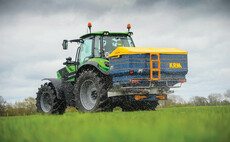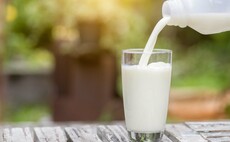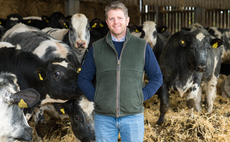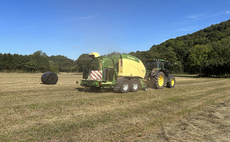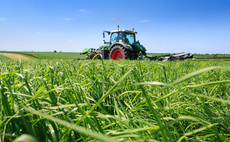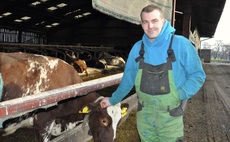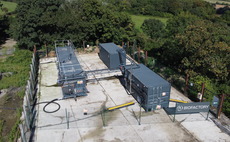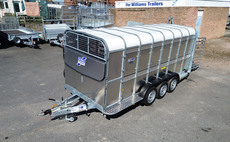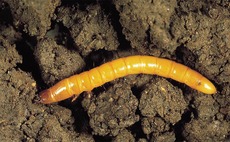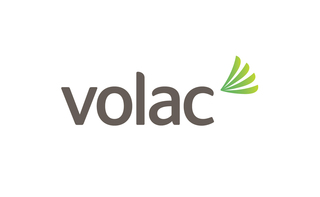
APPROPRIATE ADDITIVE
Always use an additive appropriate to the silage crop in question, stresses Volac silage specialist, Peter Smith. The primary purpose of an additive is to dominate the fermentation with efficient bacteria, he says, in order to reduce the activity of inefficient bacteria, and therefore save sugars and reduce losses in dry matter (DM) and silage quality.
"Ecosyl 100 has been proven to do this," says Mr Smith, "with data showing a halving of DM losses, improved true protein preservation and increased metabolisable energy (ME) content. Ultimately, silages preserved with Ecosyl 100 have also been shown to deliver higher milk yields.
"Alternatively, if silage heating is likely to be an issue, for example with stemmier or drier crops, or where sufficient rolling is not achievable, then consider an additive such as Ecocool. This contains a tailored dose of the same beneficial bacterial strain as in Ecosyl, combined with a second beneficial bacterial strain to inhibit the yeasts and moulds that cause heating."
MID-SUMMER GRASS
Don't get caught out when taking summer grass silage cuts, says Peter Smith of Volac. Summer grass goes to head much faster than earlier cuts, and tends to be drier, he explains.
"If grass is allowed go to head, its digestibility after this point falls by 0.5 D units a day, which can be costly in animal performance," explains Mr Smith. "Also, the problem with drier grass is that it is easy to over wilt it, and silage that is made too dry is at greater risk of heating in the clamp.
"It is important to be on the ball. Check grass growth stage regularly in summer to ensure it is cut early enough. After mowing, check it regularly so it can be ensiled at the optimum dry matter (DM) content, which is typically 28-32% DM. The shorter the time between mowing and harvesting, the less sugars that will be lost."







